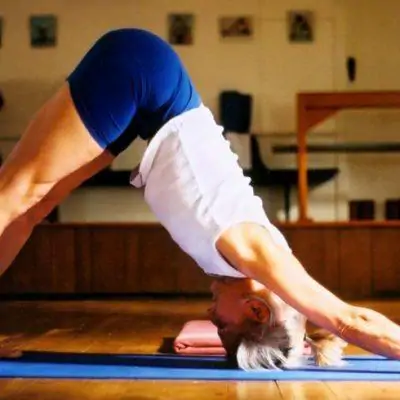Introduction
We often don’t recognise when it would be useful to calm our nervous system and go more deeply inside to experience and observe our breath. It seems easier to do more, to go a little harder, to stay with the external. Instead, sometimes when we take the time and allow ourselves to settle into a quieter internal rhythm, it feels right. We realise that it was something that was missing and that it brings us more into feeling balanced.
See what this session brings.
Step-by-step guide to the sequence
Set up for Supta Baddha Konasana, using an extra folded blanket for under the knees to release the hips and groins. Simple cross-legs forward and then come up for Uttanasana with a wide stance, feet at the outer edges of your mat. Follow with Adho Mukha Svanasana with hands to the wall and the head supported onto a bolster or blanket. Prasarita Padottanasana comes next, also with a support under the head if you don’t easily reach the floor. Stay a few extra breaths.
Prepare now for Cross bolsters with head back and shoulders off the floor. You can use a few folded blankets instead of the bottom bolster if you only have one bolster. Observe the length in the front and back of the body.
Setu Bandha with a bolster or folded blankets, with an extra blanket folded under the upper thoracic area to open the side chest. Observe the diaphragm, the lower ribcage opening and how your normal breath comes when you are in this position.
The last restorative asana is Viparita Karani, with the buttocks placed onto a bolster, plus some extra height. Notice the space and softness around the lower abdominal area and how this affects the exhalation as you stay in the pose.
You may now notice, as you come down from Viparita Karani, how much quieter you might feel, a bit slower, despite our common tendency for our head to be a bit busier. This means we are now ready to approach Pranayama.
Lie over two half-folded blankets, placed just a little below the lower tip of the shoulder blades. This helps to open the back ribs, but also the area of the “eyes of the chest”, just below the mid-breast line. Feel the breath as it lengthens and deepens, finding its own pace. Watch the physical movement of the breath, keeping the eyes soft and the face quiet. Ujjayi Pranayama.
Then come up for sitting Ujjayi, and then Anuloma Pranayama, digital pranayama working with the exhalation through alternate sides of the nose. This is an especially calming and quietening form of Pranayama, one of the “internal” pranayama techniques.
After completing the last Anuloma cycle, lie out in Savasana for some minutes, to savour the quietness and to experience the after-effects of this session.
View sequence
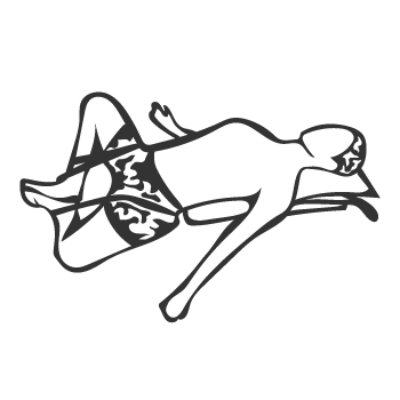
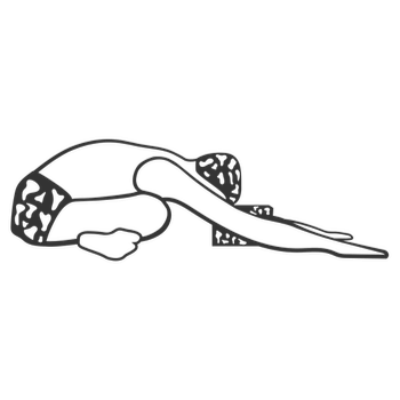
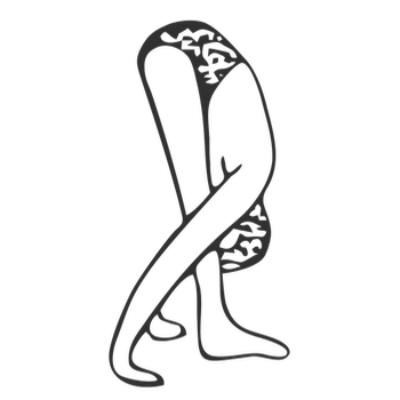
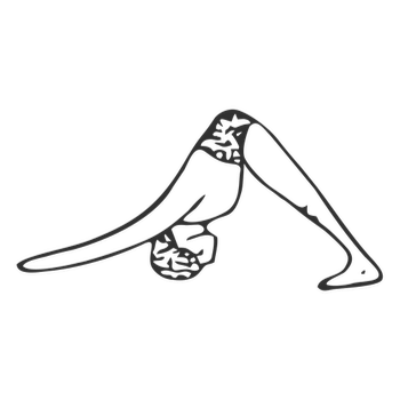
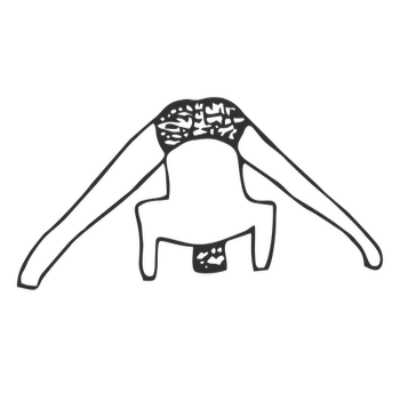
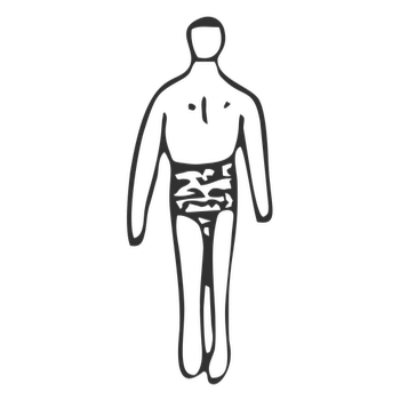
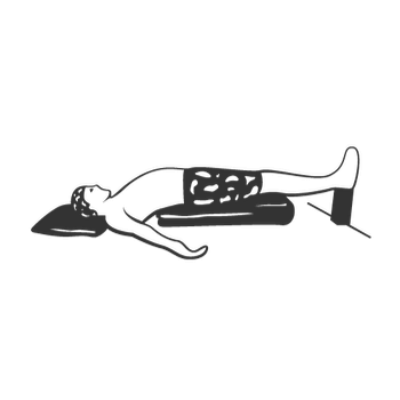



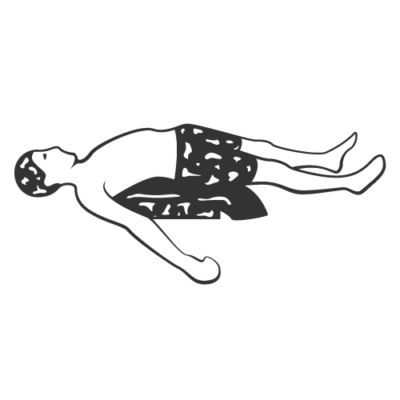
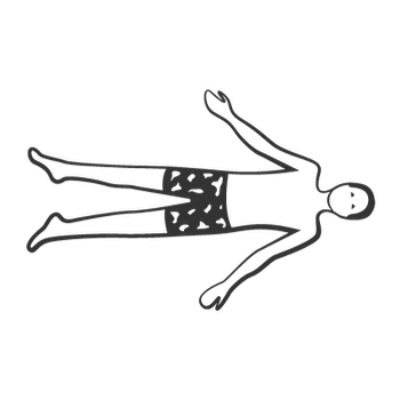
Share
Save PDF and print
You are welcome to download the PDF of the sequence and print and distribute it freely. You may have to wait up to 30 seconds for the PDF to generate. Please credit the teacher who created it. All illustrations from Dona Holleman’s ‘Yoga Darśana’, RIMYI Institute texts and Yoga Vastu illustrators for original asana drawings.
